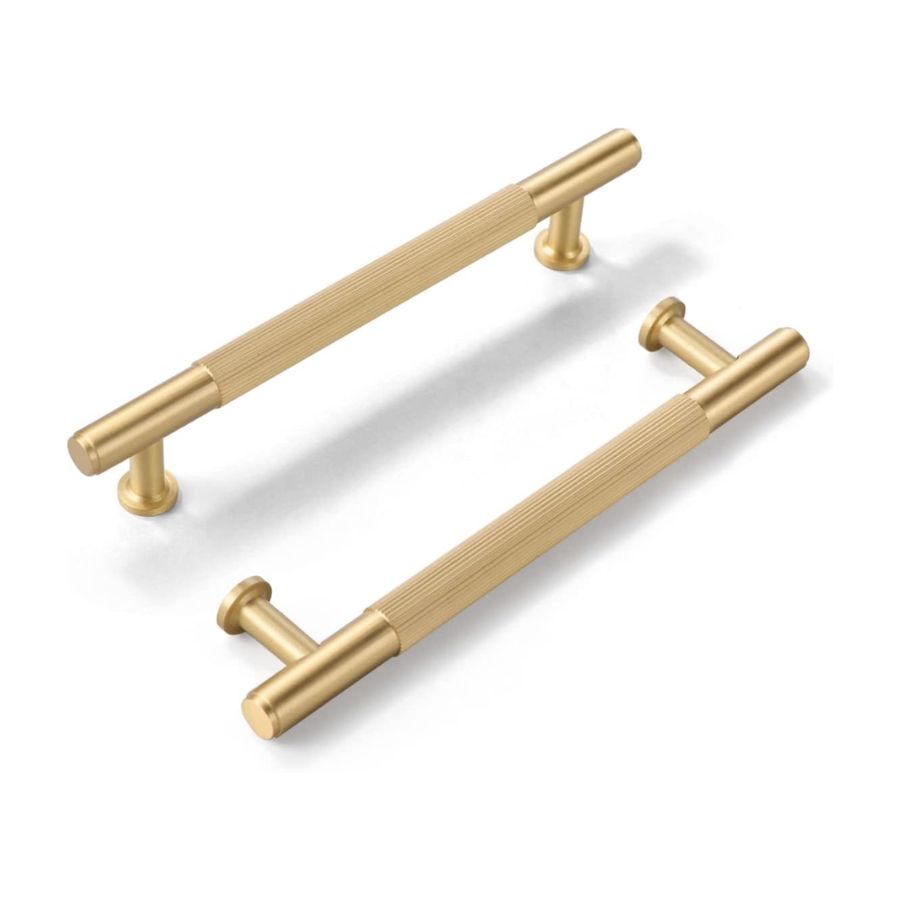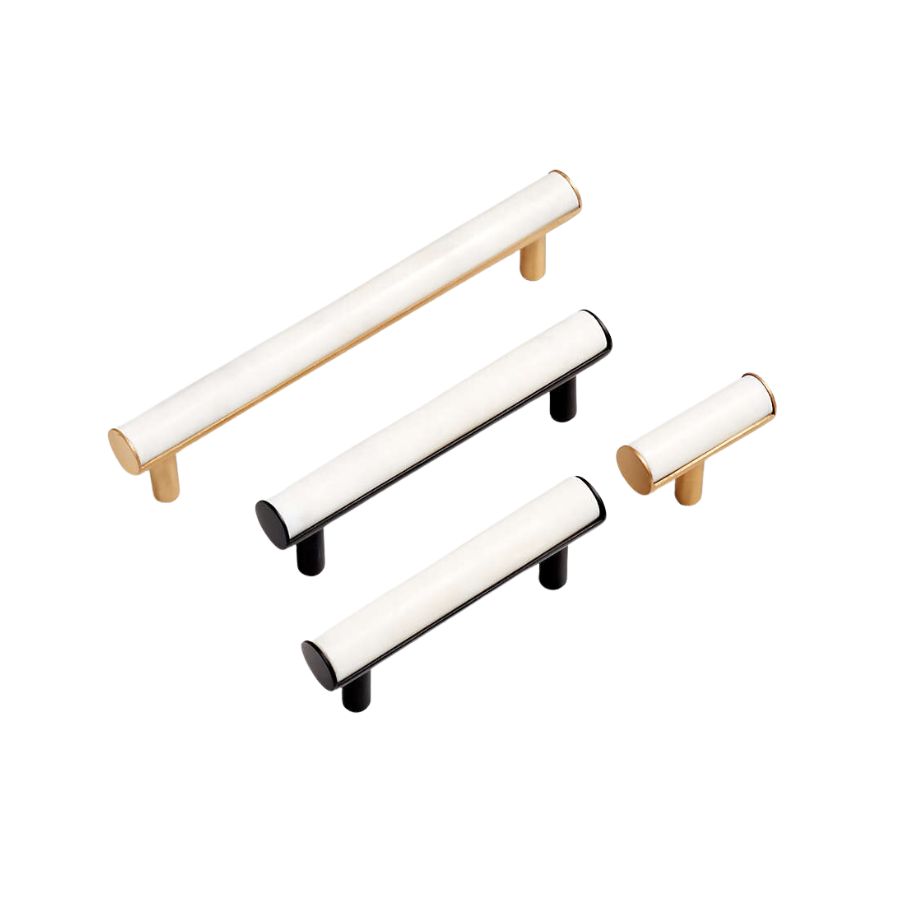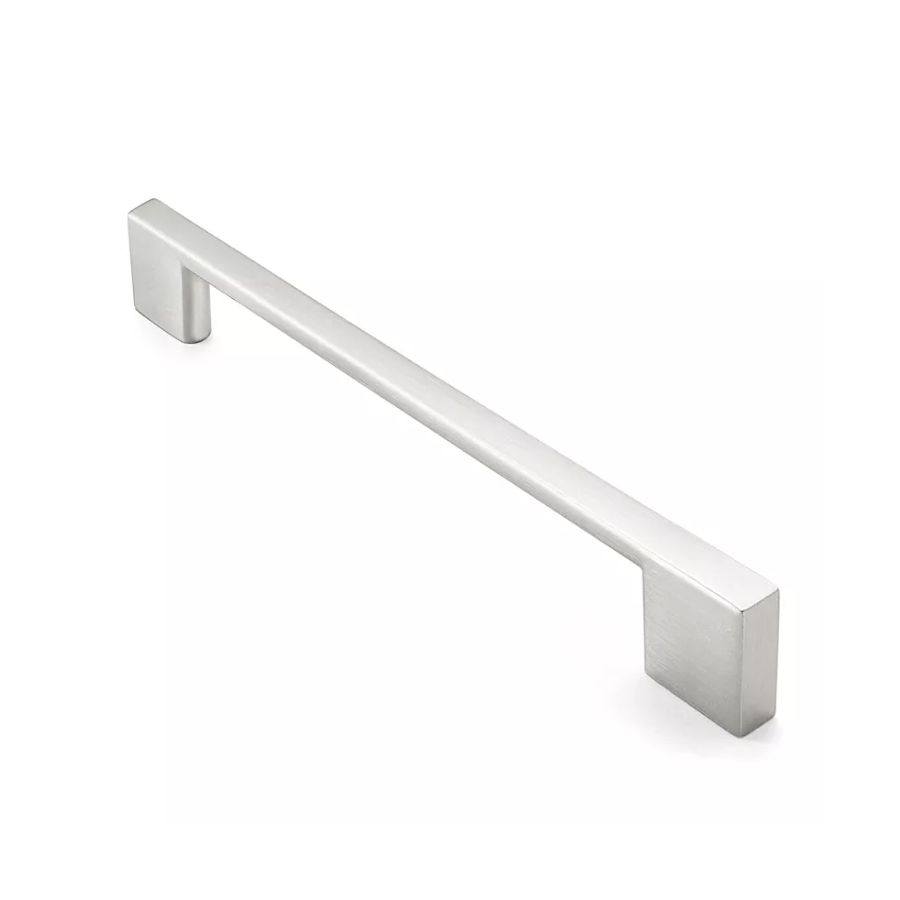What’s the Best Kitchen Cabinet Handle Placement? Kitchen Design Experts Give Us The Rules Of Thumb
Designers tell us the correct kitchen cabinet handle placement that is both aesthetically pleasing and functional
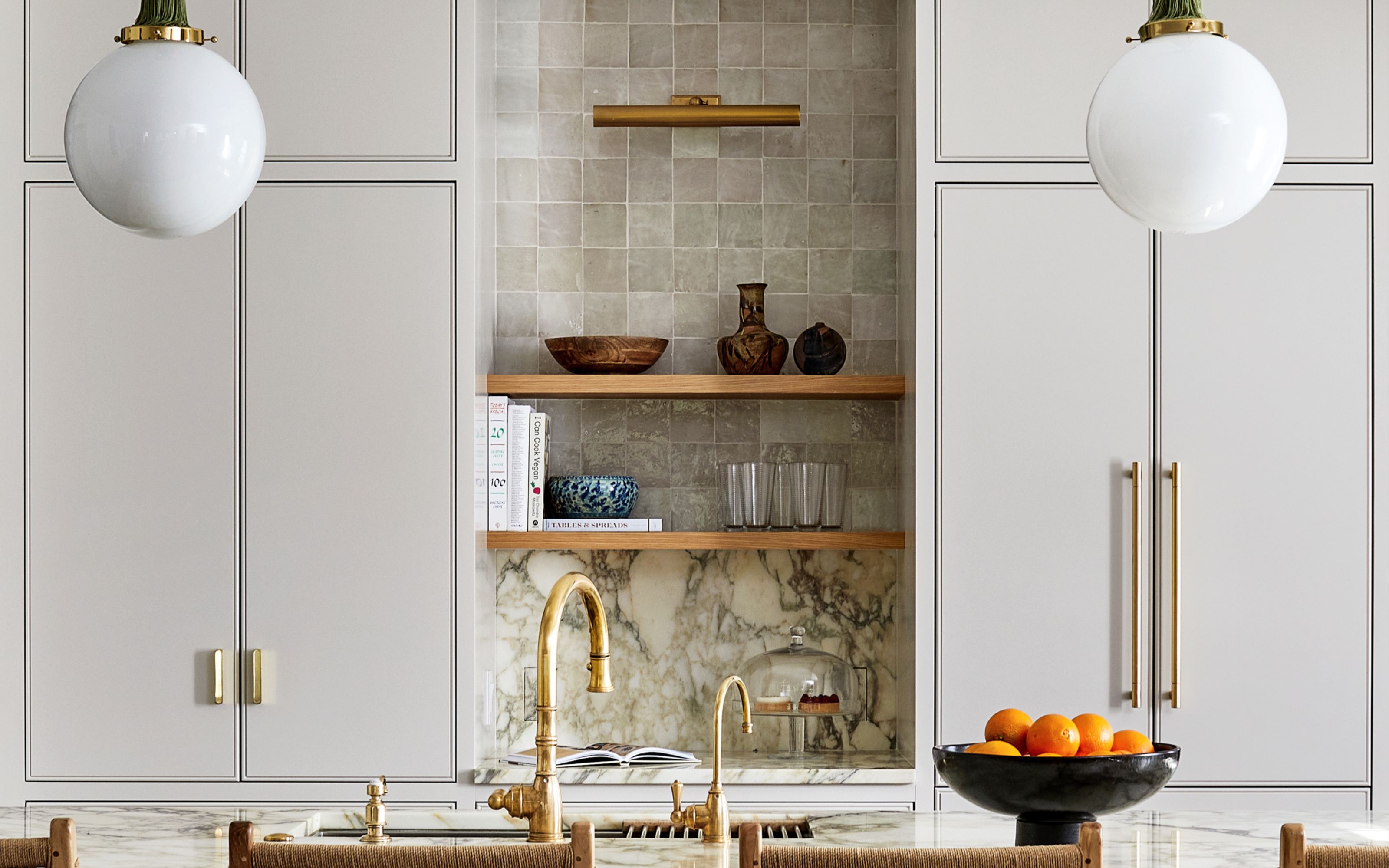
You probably wouldn’t have thought of this until faced with the actual situation. New kitchen being installed, you’re fitting in new doors, or you simply want to freshen up your hardware. You selected the perfect handles or knobs and there you are looking at the cabinets wondering if there’s some sort of rule as to where exactly you should place them. On the vertical, halfway through? Top center? On the side? Soo many options, anyone’s guess.
The truth is there are some rules of thumb that will give you the most aesthetically pleasing look, and you should know about them, so that you don’t leave the positioning of the final touch to your space purely to instinct. The good news is that you don’t need to have an interior designer on speed dial. I asked experts in creating the most beautiful, detail-oriented modern kitchens, to tell me all about handle placement so you know exactly what to do, when standing in your kitchen, wondering.
Start with the style of your cabinet door
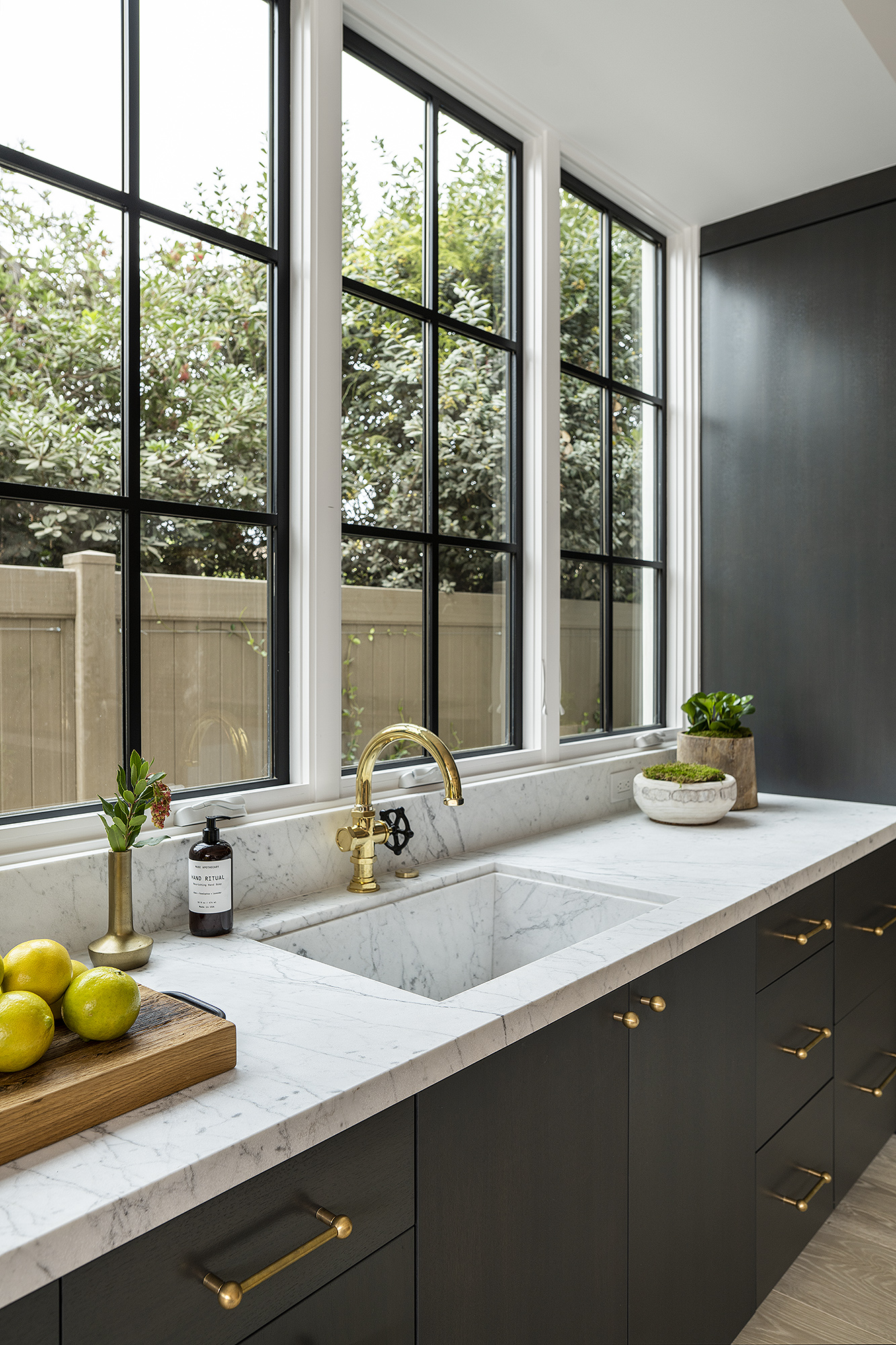
First things first. What is the style of your cabinet doors? Are we talking Shaker kitchens? Modern? Flat front? ‘There are different ways to place kitchen cabinet handles, and they depend on a few factors. Is the door a panel front, or a slab style? If it has a panel front, like a shaker cabinet door, you want to place the handle a bit higher than you would on a slab cabinet,’ interior designer Kristen Harrison of Bungalow 10 explains.
If you’re wondering what a slab kitchen cabinet door is, think modern, minimalist designs, where the surface is flat, with no details or raised areas. ‘General rule of thumb is that the hardware should be anywhere from 1-4” from the bottom/top edge of a cabinet door,’ adds Kristen. Going lower or higher within the 1-4” depends on any detailing on your cabinet door that you need to avoid. If the panel is flat, decide what feels more comfortable for you in terms of practicality.
Think personal dexterity vs. the size of the handle
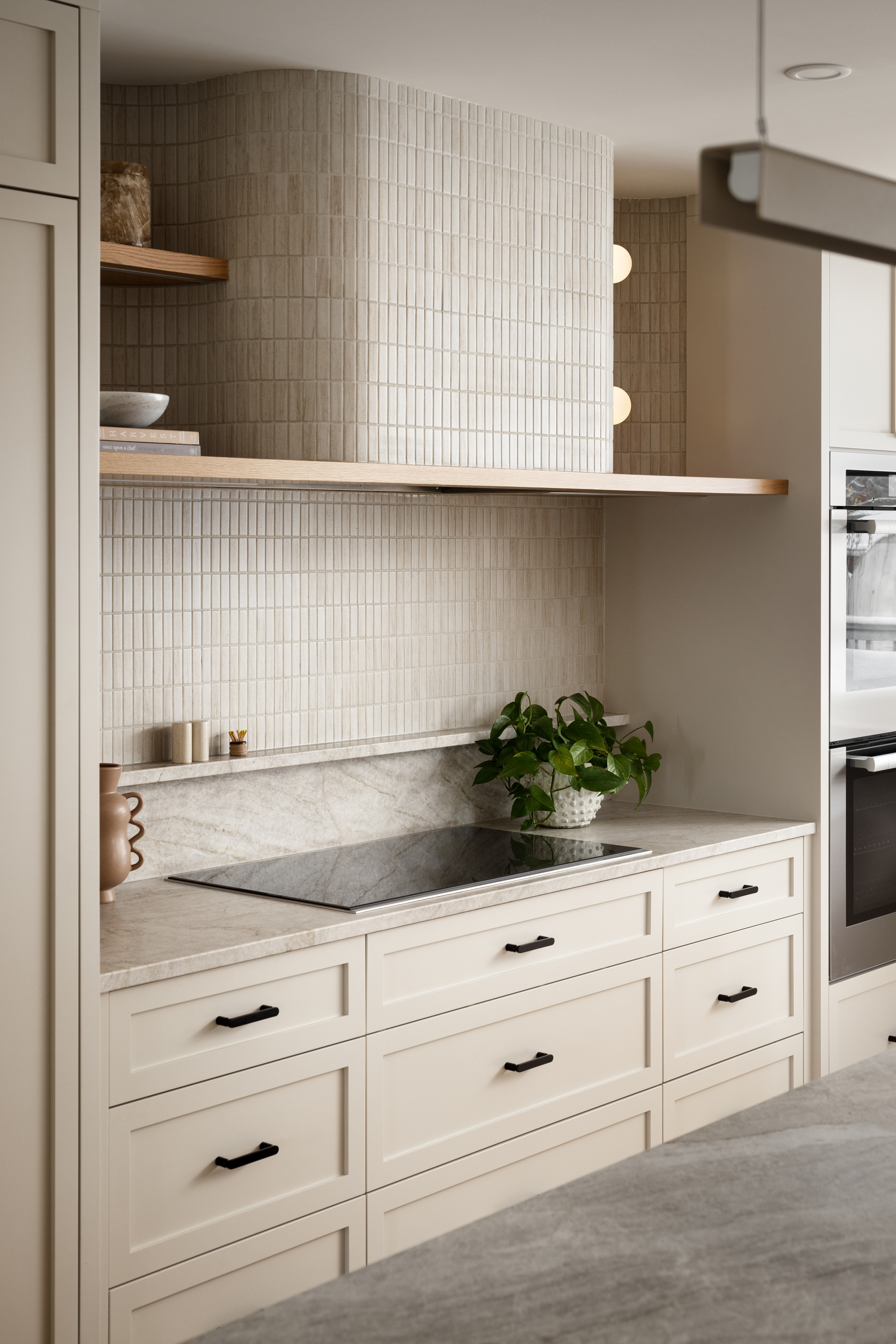
While the correct positioning of a kitchen handle is not set in stone, there are variables from one individual to another in terms of personal comfort and the size of the pull. ‘Much of it depends on the size of the pull, personal comfort, and manual dexterity,’ architect Katherine White of Teass Warren tells me.
‘In general, bar pulls should be vertical on upper doors and horizontal on lower doors and drawers. All knobs and pulls on doors should be in corner of the opening side of the doors, equally spaced from the edges of the door face and centred vertically on drawers,’ she explains, advising to always mock-up pull/knob positions with blue tape before drilling.
Think of the natural position of your hand when going to open your cabinets and drawers, and ensure the positioning of your handles accommodates that, while not interfering with the decorative detail of the panel.
Be The First To Know
The Livingetc newsletters are your inside source for what’s shaping interiors now - and what’s next. Discover trend forecasts, smart style ideas, and curated shopping inspiration that brings design to life. Subscribe today and stay ahead of the curve.
Raluca formerly worked at Livingetc.com and is now a contributor with a passion for all things interior and living beautifully. Coming from a background writing and styling shoots for fashion magazines such as Marie Claire Raluca’s love for design started at a very young age when her family’s favourite weekend activity was moving the furniture around the house ‘for fun’. Always happiest in creative environments in her spare time she loves designing mindful spaces and doing colour consultations. She finds the best inspiration in art, nature, and the way we live, and thinks that a home should serve our mental and emotional wellbeing as well as our lifestyle.
-
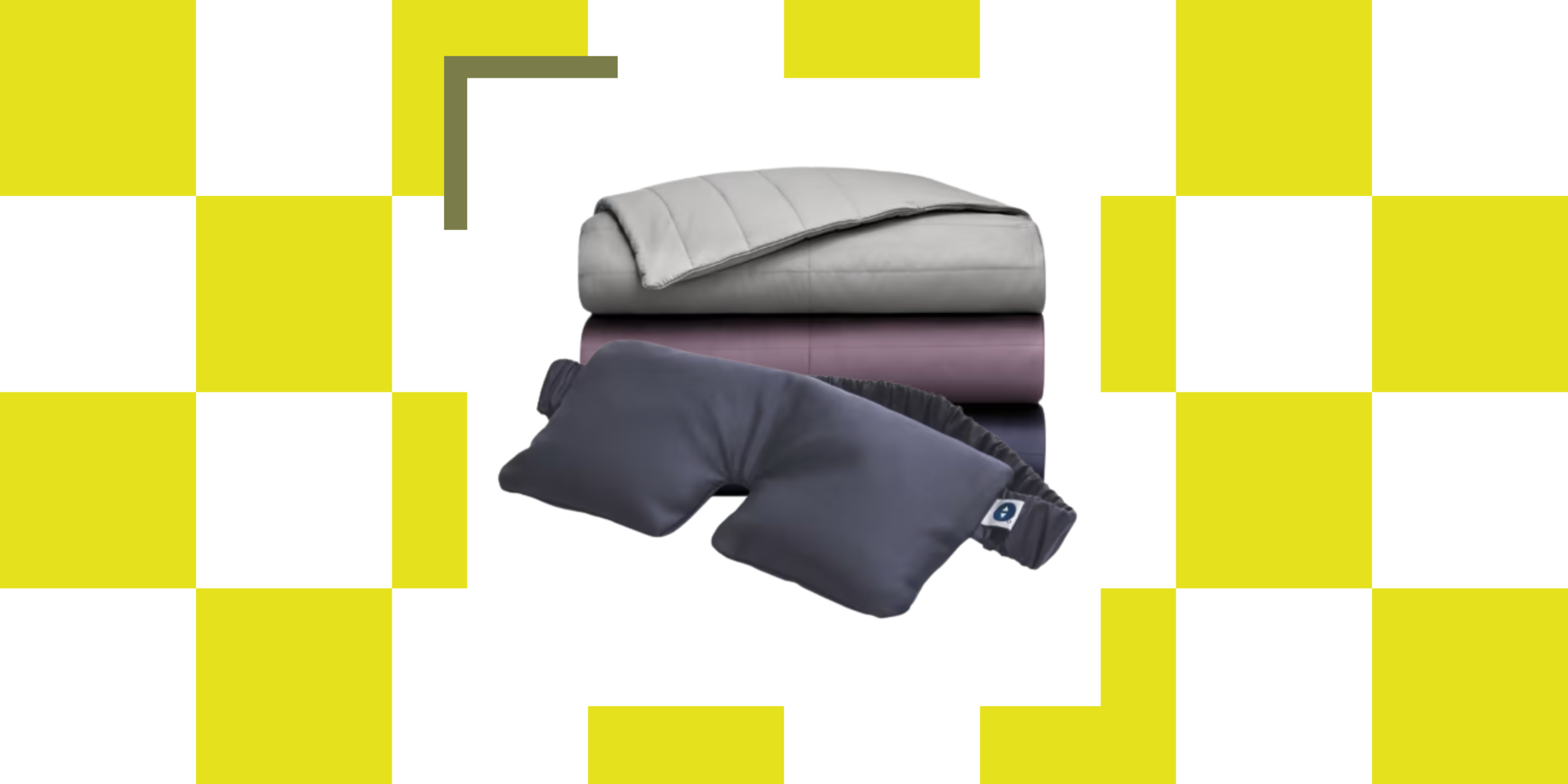 The Weighted Blanket That Doesn’t Make You Sweat (and the Eye Mask to Match)
The Weighted Blanket That Doesn’t Make You Sweat (and the Eye Mask to Match)Luxury has weight. And apparently, volcanic minerals
By Julia Demer
-
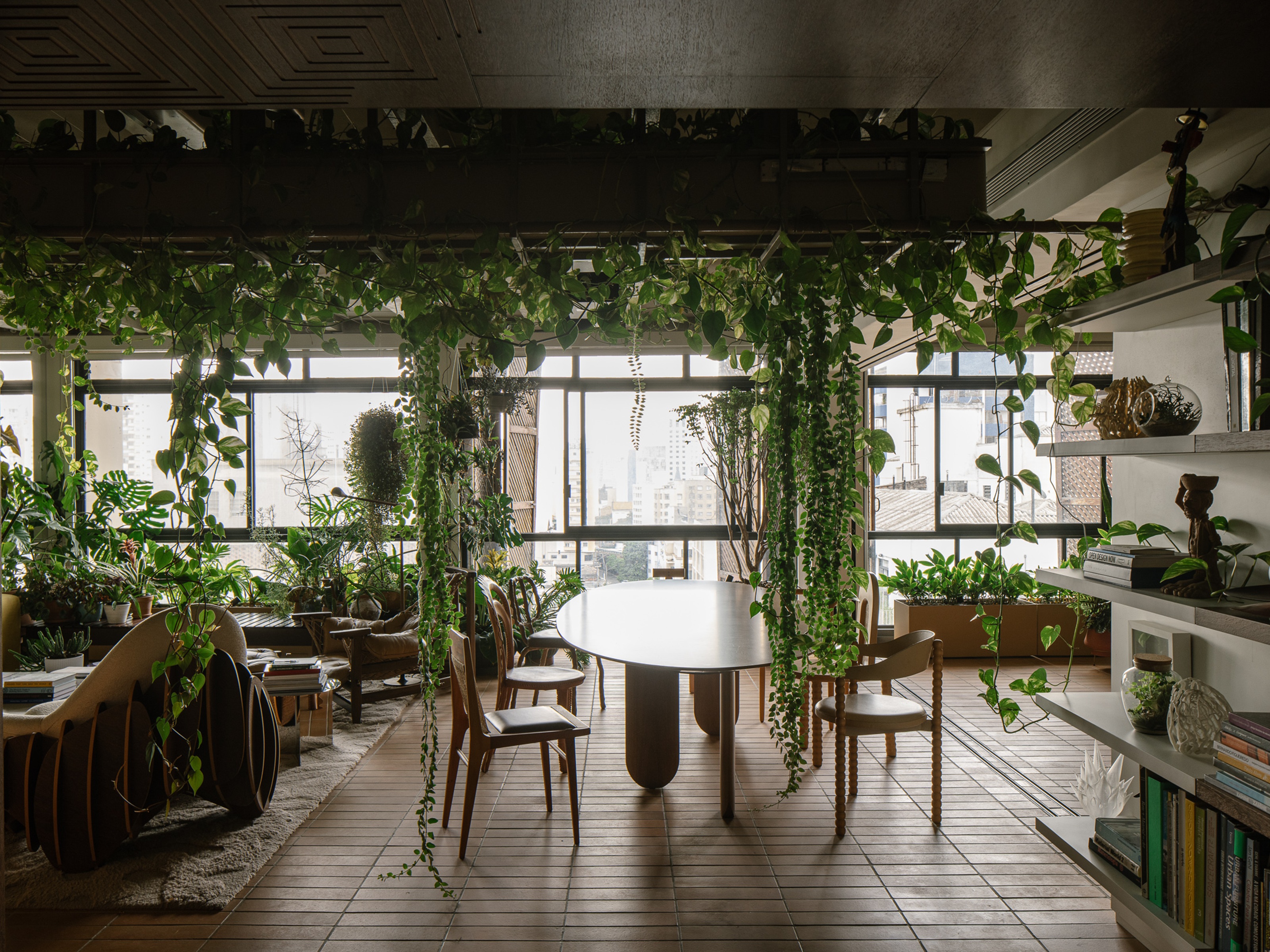 What Is Biophilic Interior Design? I'm an Actual Biophilic Designer, and This Is How to Apply It to Your Home
What Is Biophilic Interior Design? I'm an Actual Biophilic Designer, and This Is How to Apply It to Your HomeA biophilic designer explains the core principles of this practice, and the easy ways you can apply it to your home's design
By Marianna Popejoy
